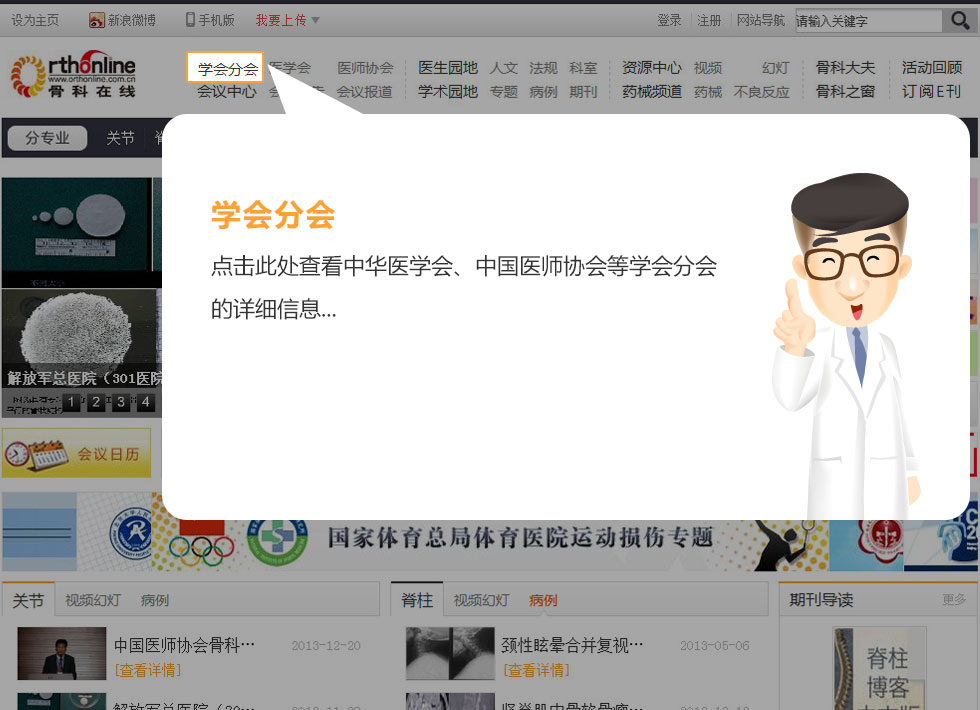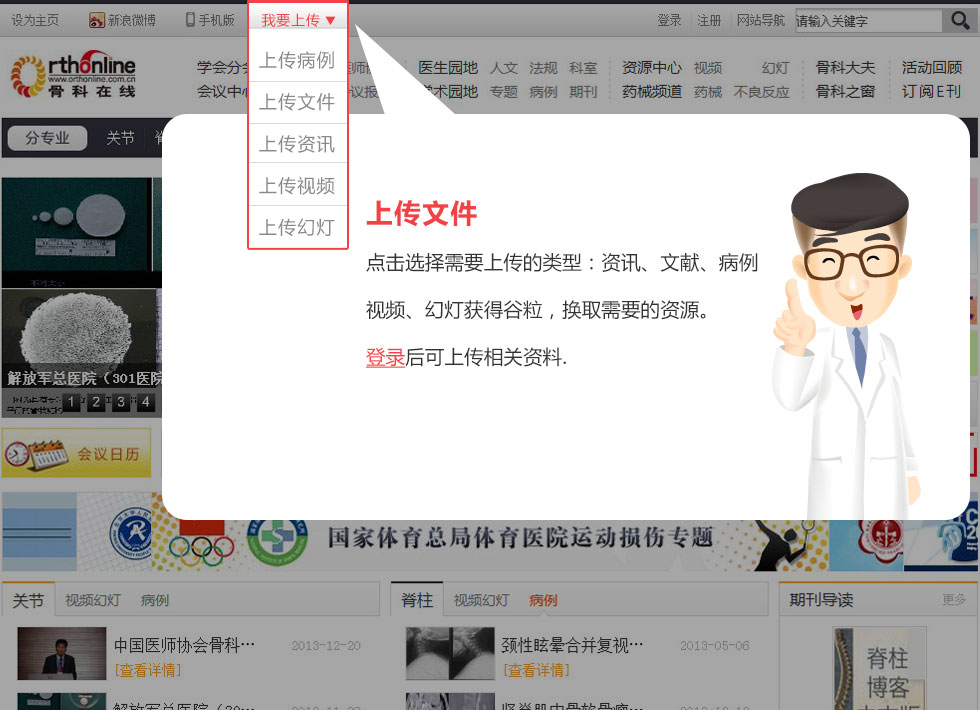Age-related differences in the biological parameters of vertebral cancellous bone from Chinese women
第一作者:JIANG Rui
2013-10-29 点击量:701 我要说
JIANG Rui, LIU Guo-min, BAI Hao-tian, WANG Tian-bin
WU Han, JIA Yun-yan and LUO Yun-gang
Background With aging, the human fracture risk gradually increase. This is mainly due to the corresponding changes of the biomechanical parameters of human bone presents with aging. We measured the microstructural parameters of lumbar bone from women in several age groups by micro-computed tomography and scanning electron microscopy. We observed changes in lumbar cancellous bone mineral density and in biomechanical parameters with aging to elucidate the relationship between age and risk of fracture. We provide theoretical support for human pathology, fracture risk increased with age and the individualized of each age group.
Methods Thirty-two fresh L3 vertebral bodies were donated from 32 women, aged 20–59 years and were divided into four age groups: 20 to 29 years (group A); 30 to 39 years (group B); 40 to 49 years (group C); and 50 to 59 years (group D). Conventional lumbar separation was performed by removing soft tissue and subsidiary structures, leaving only the vertebral body. The vertebral body was cut into halves along the median sagittal plane, maintaining the upper and lower end-plates of each half, and used for biomechanical, morphological, and density measurements.
Results Comparing group A to B, the rod-like trabecular thickness (Tb.Th) decreased; the trabecular spacing (Tb.Sp) increased; the plate-like Tb.Th decreased; bone mineral density, tissue mineral density, bone volume fraction, and bone surface fraction decreased, and the elastic modulus and the ultimate stress decreased (all changes P <0.05). Similar significant (P < 0.05) trends were obtained when comparing group C to D. With aging, the collagen cross-linking capacity declined, the thickness of the collagen fibrils was variable (ranging from almost the same to loose, sparse, or disordered), and the finer collagen fibrils between the thick filaments were disorganized.
ConclusionsIn women aged 20 to 59 years, the rod-like and plate-like Tb.Th of the vertebral body decreased, while Tb.Sp increased. Additionally, the density, elastic modulus, and ultimate stress of the cancellous bone decreased with age. These associated changes in bone microstructure, density, and biomechanics with age may lead to an increasing risk of osteoporosis and fracture.





 京公网安备11010502051256号
京公网安备11010502051256号